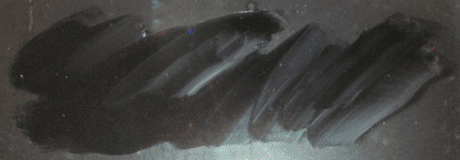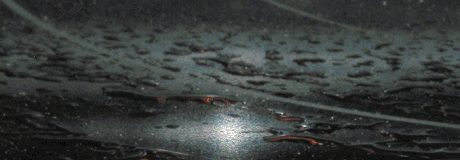

Ammonium hydroxide (NH4OH) behaves similarly to the alkali metal hydroxides (NaOH, KOH, etc.), with the exception that it is volatile at room temperature. This allows it to be used as a water-based cleaning agent; it can saponify and emulsify fats and oils, and due to its volatility it leaves no residue behind. It also pairs well with alcohols; these increase its dissolving ability and surface wetting properties, and combinations of these two materials form the basis of most modern glass cleaners. Unfortunately, these cleaners also contain unnecessary dyes and surfactants which can be hazardous or irritating, so for this reason I decided to develop my own formula.
After researching the safety data sheets of a number of commercial products, I found that a majority contained 1-3% of ammonium hydroxide and up to 10% of isopropanol, with the remainder consisting of water and various additives. For my formula, I decided to use the minimum amount of ammonia due to its irritating smell, and to replace the isopropanol with ethanol, which is less toxic. This resulted in a cleaner which could conveniently be made from readily available materials, in the following volumetric ratio:
This combination forms a clear solution with a sweet, non-irritating odor. When used with a spray bottle, it behaved nearly identically to commercial equivalents, with the exception that it had slightly less wetting ability (although far better than pure water) due to the lack of surfactants. It picks up grease and dirt very well, and can be used on a variety of different surfaces. Its simple formulation makes it suitable for use on kitchen windows and countertops (due to its non-toxicity) as well as on lab glassware (due to its total volatility and known composition). I am entirely happy with it, and will continue using it in the future.